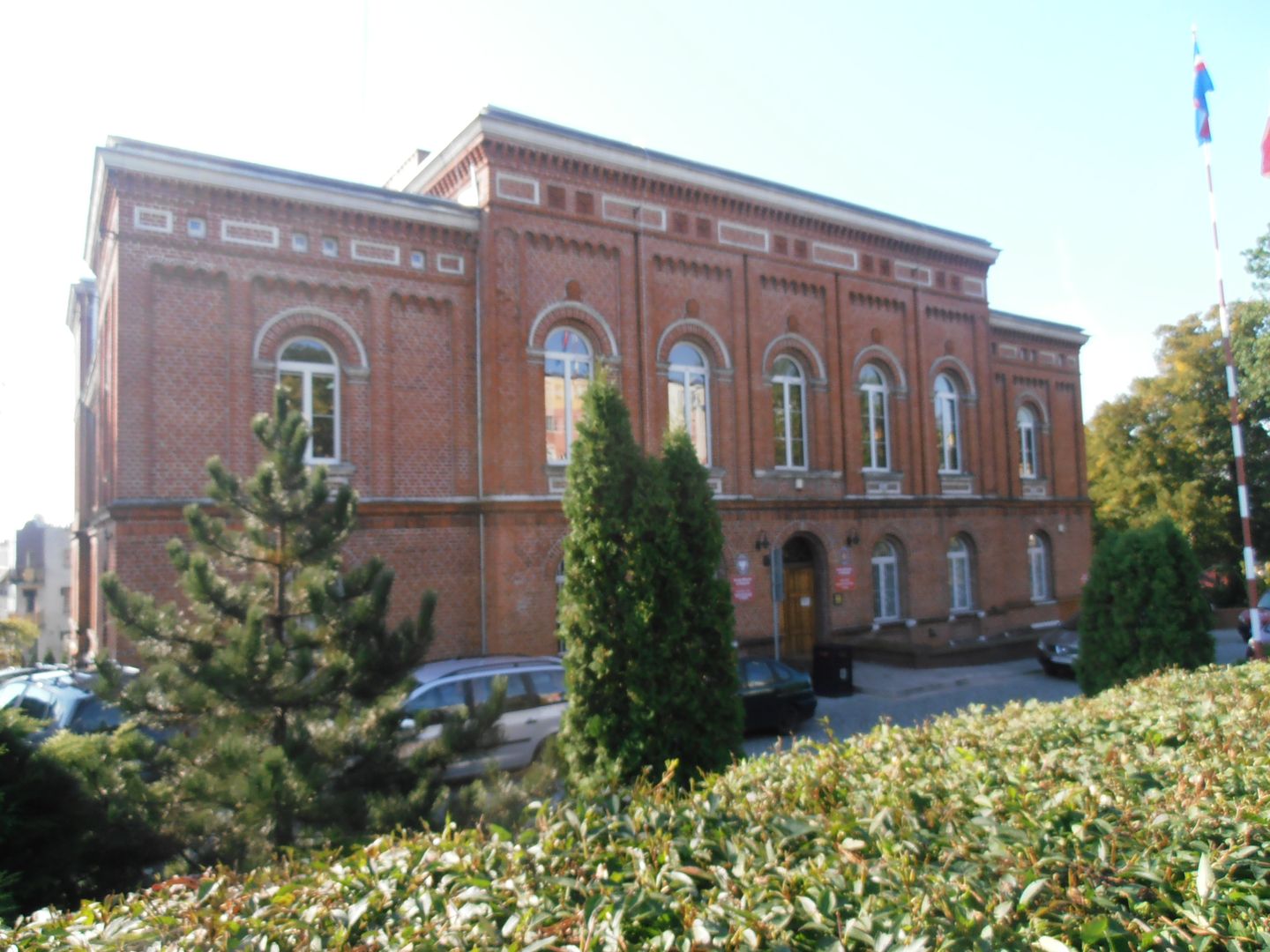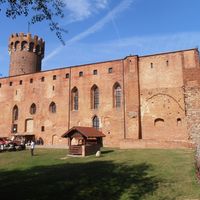World
6.91

Overview
Świecie, known by its German name Schwetz, is a town in the Kuyavian-Pomeranian Voivodeship, located at the confluence of the Wda and Vistula rivers, with a rich history dating back to 1198, when it was the capital of the Pomeranian Duchy. In 1338, it was granted town rights under Chełmno law. The town played a significant defensive role during the Teutonic conquest, and after their takeover in 1309, a Teutonic commandery and castle were established, the ruins of which remain a key tourist attraction today. Architecturally, Świecie is characterized by a Gothic castle with a leaning tower, 14th-century defensive walls, and a Gothic-Renaissance parish church. Among its curiosities, the castle boasts the tallest leaning structure in Poland, with a tower deviating 106 cm from the vertical. The town has endured numerous historical upheavals, including destruction during the Swedish Deluge and World War II, when its liberation resulted in further infrastructure losses. After the war, Świecie experienced dynamic growth, largely due to industrial plants such as the Mondi Paper Mill. Culturally, the town focuses on numerous festivals, such as the International Brass Band Festival and Night Singing at the Castle, as well as local traditions like the Days of Medieval Culture. Świecie also engages in international cooperation with partners from Germany, Australia, and Poland. Additionally, it serves as an important transportation and economic hub, with rapidly developing industry and extensive transport infrastructure.
Location
You can also find here:
2025 Wizytor | All Rights Reserved
